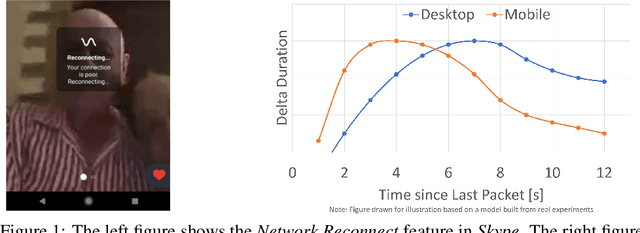Vinod Prakash
DasFormer: Deep Alternating Spectrogram Transformer for Multi/Single-Channel Speech Separation
Mar 14, 2023



Abstract:For the task of speech separation, previous study usually treats multi-channel and single-channel scenarios as two research tracks with specialized solutions developed respectively. Instead, we propose a simple and unified architecture - DasFormer (Deep alternating spectrogram transFormer) to handle both of them in the challenging reverberant environments. Unlike frame-wise sequence modeling, each TF-bin in the spectrogram is assigned with an embedding encoding spectral and spatial information. With such input, DasFormer is then formed by multiple repetition of simple blocks each of which integrates 1) two multi-head self-attention (MHSA) modules alternately processing within each frequency bin & temporal frame of the spectrogram 2) MBConv before each MHSA for modeling local features on the spectrogram. Experiments show that DasFormer has a powerful ability to model the time-frequency representation, whose performance far exceeds the current SOTA models in multi-channel speech separation, and also achieves single-channel SOTA in the more challenging yet realistic reverberation scenario.
Resonance: Replacing Software Constants with Context-Aware Models in Real-time Communication
Nov 23, 2020


Abstract:Large software systems tune hundreds of 'constants' to optimize their runtime performance. These values are commonly derived through intuition, lab tests, or A/B tests. A 'one-size-fits-all' approach is often sub-optimal as the best value depends on runtime context. In this paper, we provide an experimental approach to replace constants with learned contextual functions for Skype - a widely used real-time communication (RTC) application. We present Resonance, a system based on contextual bandits (CB). We describe experiences from three real-world experiments: applying it to the audio, video, and transport components in Skype. We surface a unique and practical challenge of performing machine learning (ML) inference in large software systems written using encapsulation principles. Finally, we open-source FeatureBroker, a library to reduce the friction in adopting ML models in such development environments
 Add to Chrome
Add to Chrome Add to Firefox
Add to Firefox Add to Edge
Add to Edge